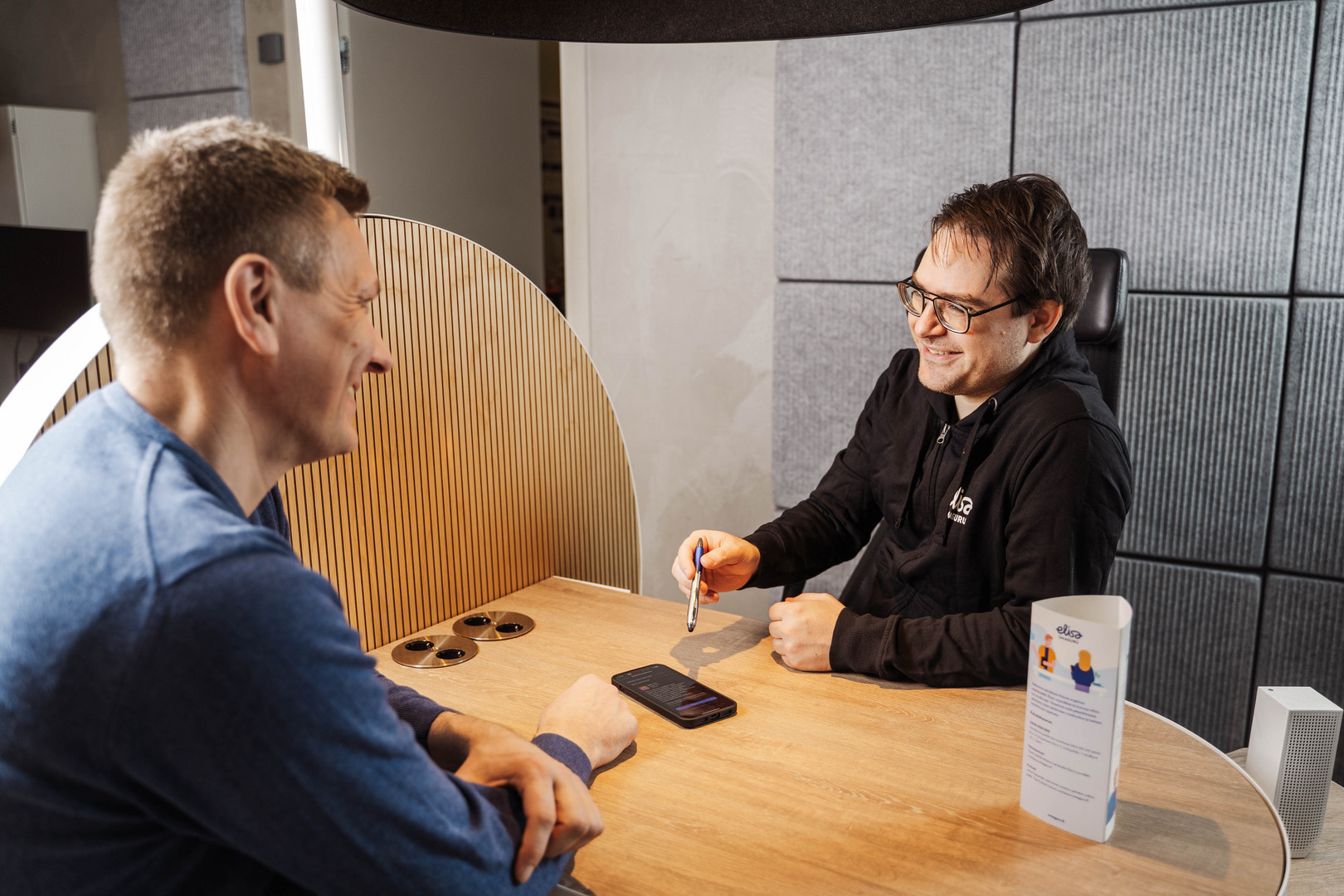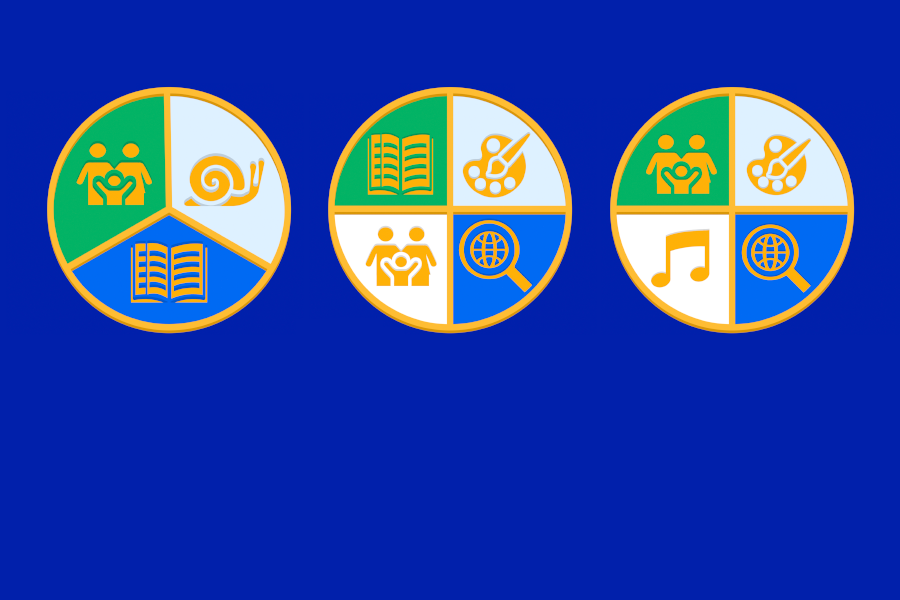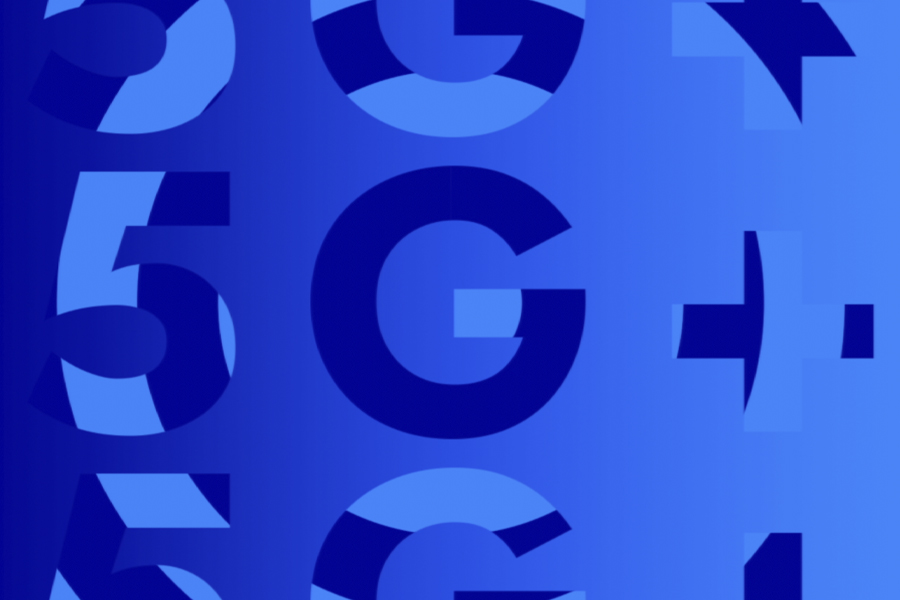Accessibility in digital services is an issue that Elisa and all Elisians believe in. The goal is to make Elisa’s digital services easy for everyone to use.
Hanna Kangasniemi Photos: Meeri Utti
Accessibility in digital services means that people with impaired vision can purchase phones from our webstore using screen-reading software. It means that people with hearing difficulties can enjoy movies on streaming services because they can easily select subtitles. Accessibility means that we work to make our services easy to use for every person.
Accessibility is an issue of equality and the right to equal treatment. For Elisa, it is one of the most important aspects of responsible operations that we invest in and take care of: everybody must be equally able to use digital services.
Accessibility means easy-to-use services for all
Accessibility affects all of us. It does not only concern the everyday lives of people with visual or hearing impairments; it also affects the lives of people of different ages and with different skills. It must be just as easy for older people to use online services as it is for younger people, and services should be just as easy to navigate with a keyboard as with a mouse. Digital services should be accessible, safe and easy to use for everybody.
“In the end, accessibility is a question of a good user experience. Services should be easy to use, regardless of the device, method of use, or aids, such as screen readers”, explains Melina Kukkasela, Lead Designer at Elisa, who is an expert in accessibility and designing services for consumers.
Web accessibility standards are defined in law and EU directives in the same way as for accessibility in the physical environment. Just as physical accessibility should be a way of thinking and not a special arrangement, accessibility should be the norm in digital services, and not an exception.
“The European Web Accessibility directive, which applies to the public sector, has been in force since 2016. In addition to the European Web Accessibility directive, the EU is now preparing the European Accessibility Act, which will apply from 28 June 2025 to private-sector services and products. Good examples of such digital services include online banking, webstores and streaming services such as Elisa Viihde,” says Kukkasela.
How is accessibility visible in Elisa’s services?
Accessibility is visible in Elisa’s services above all in the way the user experience is easy and painless for all users. A good user experience stems as much from the service having solid technical foundations as from the appearance and content.
Accessibility on the webstore
Good accessibility benefits all visitors to Elisa’s webstore: It means that product descriptions are clear and easy to understand, and that the content progresses logically and is suitable for mobile phone screens. The text and buttons also stand out clearly. The coding of a well-executed webpage not only speeds up accessibility, but also accelerates page loading and makes the website easier to find on search engines. Adding value for customers also adds value for Elisa – making purchasing easy and painless also leads to improved business!
Accessibility on Elisa Viihde
Another example of accessibility in Elisa’s services can be found in Finnish series on Elisa Viihde. “The European Union has established criteria for accessibility, with ‘A’ as the lowest level. With this level of accessibility, domestic television series must have subtitles in Finnish that take people with hearing difficulties into account. This means that the subtitles need to describe sounds that are significant to the story, for example. At the next level up, ‘AA’, shows include a separate soundtrack that describes what is happening on screen for people with impaired vision. For example, ‘the man walks into the bar counter’. At the highest ‘AAA’ level, both the picture and the sound should be described so that anybody can understand it, regardless of limitation”, explains Miika Ruissalo, a Service Designer who work on accessibility issues.
Accessibility on the website
A third example of accessibility in Elisa’s services can be found in this article itself. The accompanying images have “alt text” that describes the image in words. The images, along with the title and headings, are also coded on the page in such a way that screen readers can interpret the content and distinguish the headings to present them to people with impaired vision, as well as explaining that there is an image of Melina Kukkasela, who is talking about accessibility.

How does Elisa promote accessibility?
“Accessibility is an important part of Elisa’s mission: a sustainable future through digitalisation. We audit all of our services from the accessibility perspective, and we eliminate any obstacles to accessibility that we observe. At the same time, we train our people and we work to strengthen all Elisians’ awareness of accessibility issues”, says Kukkasela.
“We have also taken action to improve the product development processes and tools for our consumer webstore. Our goal is that the development teams for all of our services truly understand the key elements of accessibility and can apply best practices in their everyday work.”
Accessibility is also part of a good customer experience.
As well as auditing services, Elisa also listens actively to customers. Various groups of users take part in testing the services. Melina Kukkasela believes that you can achieve great things by making small changes. It might be a tweak to how users navigate the webpage or making a button bigger. All these things make the services easier to use.
“For example, we involve older people in developing our online customer service for consumers. They help us to make our self-service customer service features easier to use. They also give us lots of development ideas that simply wouldn’t arise in our normal auditing work”, says Kukkasela.
“In my own work, it’s important to plan and develop our digital services to make them easy to understand and to use. Every person should have an equal opportunity to use digital services in our society”, adds Kukkasela.
At this stage, Elisa is learning best practices and improving the services step by step. The work will probably never be finished. Elisa’s strategy specifies that within four years, the bulk of their services must be as accessible as possible. It demands that those working in service development have the knowledge and skills required for continuous development.
Read more:
What is a denial-of-service attack and why do they happen?






